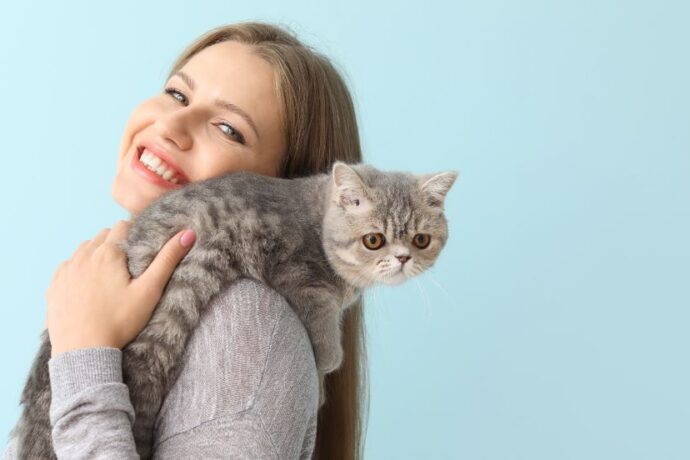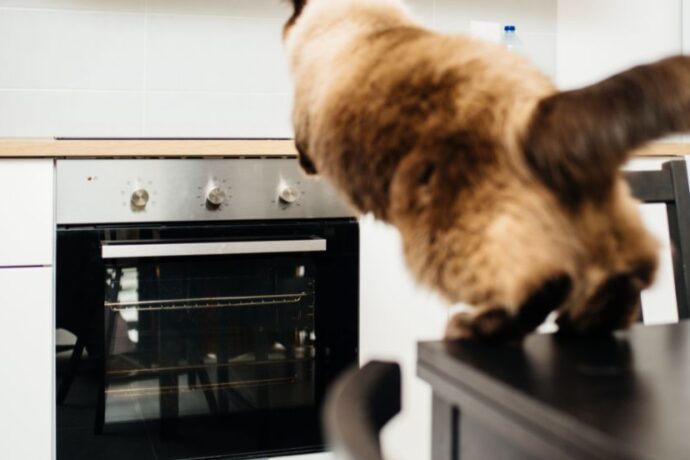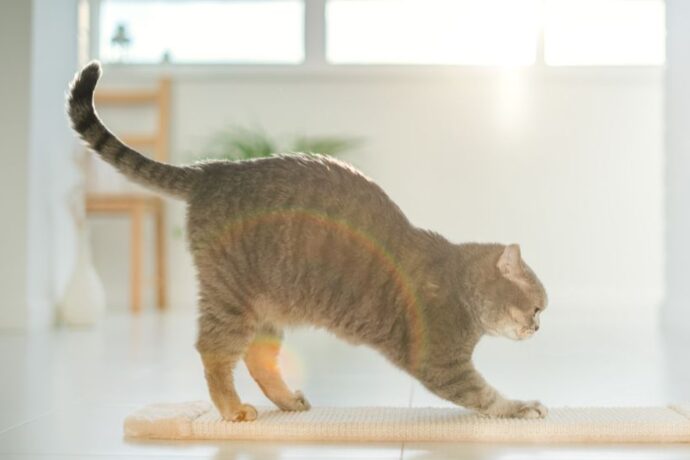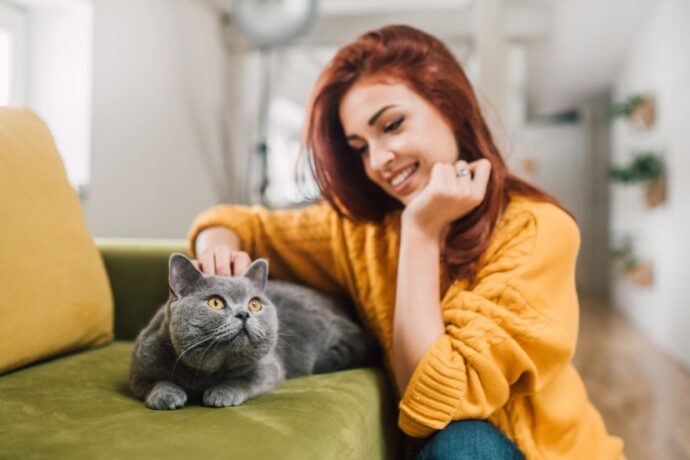Keeping your cat indoors is one of the safest choices you can make—protecting them from cars, diseases, and predators. However, without the stimulation of the outdoors, indoor cats can easily become bored, anxious, or even depressed. A happy indoor cat needs more than food and a litter box; they need mental engagement, exercise, affection, and an enriched environment.
As a cat behavior expert would explain, a cat’s well-being depends heavily on meeting their instincts—hunting, climbing, scratching, and exploring. Here’s how you can make your indoor cat’s life just as fulfilling as an outdoor one.
10 Tips to Keep Your Indoor Cat Truly Happy
1. Create a Stimulating Environment
Cats are natural explorers. Offer vertical spaces like cat trees, window perches, and shelving to help them climb and observe their surroundings. According to animal behavior research from Ohio State University’s Indoor Pet Initiative, cats benefit greatly from “environmental enrichment,” which keeps them mentally and physically active (1).
2. Keep Playtime a Daily Routine
Interactive play mimics hunting behavior, helping your cat release energy and stay fit. Use wand toys, laser pointers, or feather teasers for 10–15 minutes twice a day. Regular play can reduce destructive behaviors caused by boredom.
3. Provide a Variety of Scratching Options
Scratching isn’t just about sharpening claws—it’s also a way for cats to stretch and mark territory. Offer both vertical and horizontal scratchers made from sisal, cardboard, or carpet. Place them near favorite lounging spots.
4. Offer Puzzle Feeders and Foraging Toys
Instead of feeding from a bowl, use puzzle feeders or treat-dispensing toys. Studies in Applied Animal Behavior Science show that food puzzles improve feline problem-solving and reduce stress by engaging their natural hunting instincts (2).
5. Give Them a View of the Outdoors
A window perch overlooking trees or bird feeders provides endless entertainment. “Cat TV” (videos of birds or fish) can also keep them engaged safely indoors.
6. Keep a Consistent Routine
Cats thrive on predictability. Feeding, play, and cuddle times should follow a consistent schedule to reduce anxiety and behavioral issues.
7. Offer Safe Hiding Spots and Cozy Beds
Cats love privacy and security. Create soft nooks using blankets, boxes, or covered beds where your feline can retreat to rest undisturbed.
8. Maintain Litter Box Hygiene
A clean litter box is essential for your cat’s happiness and health. Scoop daily and change litter regularly. Behavioral veterinarians note that unclean boxes are one of the top reasons cats develop inappropriate elimination habits.
9. Give Plenty of Affection—On Their Terms
While some cats love cuddles, others prefer gentle head rubs or simply being near you. Understanding your cat’s body language builds trust and strengthens your bond.
10. Rotate Toys and Activities Regularly
To prevent boredom, switch out toys every week or introduce new challenges like cardboard mazes or scent trails. New experiences keep their curious minds active.
Common Mistakes to Avoid When Keeping Indoor Cats Happy
Even the most loving cat parents can make mistakes that affect their pet’s well-being. Here are a few to steer clear of:
- Neglecting playtime: Skipping daily play can lead to frustration and behavioral problems.
- Using the same toys for months: Cats get bored easily; rotate or replace toys to keep interest alive.
- Not providing enough scratching surfaces: Without proper outlets, cats may damage furniture.
- Ignoring subtle behavior changes: A change in appetite, grooming, or litter box habits may signal stress or illness.
- Keeping only one litter box: If you have multiple cats, ensure one litter box per cat, plus one extra.
Avoiding these mistakes helps create a balanced, content indoor life for your feline companion.
FAQ’s Frequently Asked Quetions
1. How much playtime does an indoor cat need daily?
A. Most experts recommend at least two 10–15 minute sessions of active play per day. Younger or high-energy cats may need more frequent engagement.
2. Is it okay to let my indoor cat go outside sometimes?
A. Only under supervision. You can use a leash and harness, or create a “catio” (enclosed patio) for safe outdoor access.
3. Can indoor cats get depressed?
A. Yes. Lack of stimulation, loneliness, or sudden changes in routine can lead to depression in cats. Providing enrichment, affection, and consistency helps prevent this.
Conclusion:
Keeping your cat indoors doesn’t mean limiting their joy—it means providing a safe, enriched space that meets their instincts. With thoughtful play, cozy resting areas, environmental enrichment, and your companionship, your cat can live a full and satisfying life indoors.
Remember, every cat has its own personality, so experiment to discover what makes your feline friend happiest.
References:











